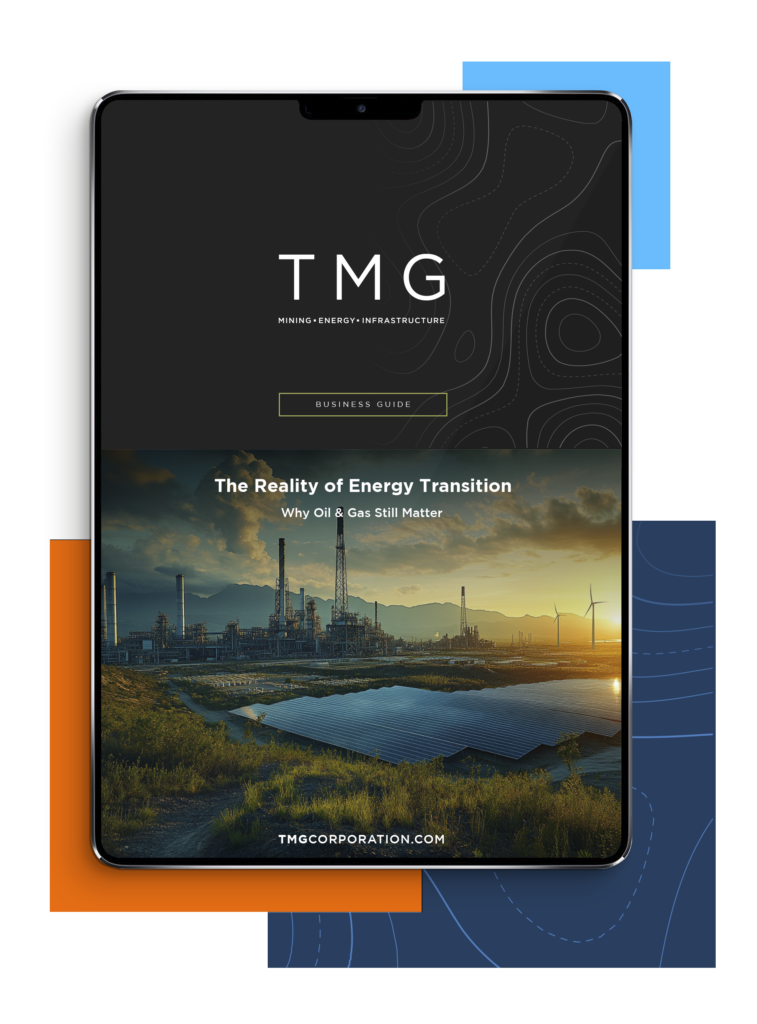Call Us Today: +1 866 205 2414
In capital projects, alignment at the top is assumed far more often than it’s achieved. Leadership teams gather in boardrooms, review strategy decks, nod in agreement, and walk away with different interpretations of what was decided. The result is quite a divergence. And it doesn’t stay quiet for long.
Downstream teams begin to feel the friction. Procurement, finance, operations, and project delivery receive conflicting instructions. Field supervisors hear shifting priorities. Stakeholders receive mixed messages. Over time, decision-making slows, accountability blurs, and trust erodes across the project landscape.
Genuine executive alignment isn’t about agreement in the moment. It’s about shared clarity that holds under pressure. It’s what allows leaders to operate independently without drifting apart—and what will enable projects to stay on track when complexity increases.
The most aligned leadership teams are not those who avoid disagreement. They are the ones who know how to surface it early, before assumptions harden into decisions and silence is mistaken for consensus.
Effective alignment doesn’t come from fast meetings or perfectly written vision statements. It comes from structured, sometimes difficult conversations where leaders are encouraged to challenge, question, and test each other’s views. These conversations aren’t a sign of dysfunction. They are the foundation of trust.
Leaders don’t need to agree on everything. However, they do need to understand where they differ—and decide what differences matter and what don’t. The goal isn’t uniformity. The goal is unified intent.
One of the most common mistakes in leadership alignment efforts is assuming that buy-in equals understanding. Leaders express support for a plan without fully aligning on what that plan entails, how it will be implemented, or what trade-offs it requires.
That means pausing long enough to confirm shared definitions. What do we mean by success? What are the non-negotiables? Where will we compromise? Which risks are acceptable—and which aren’t? How will we measure performance, and who will be responsible for making decisions when conflicts arise?
These aren’t theoretical questions. They’re operational necessities. When answered honestly and early, they become the foundation for fast, coordinated execution.
Alignment is not just about what decisions are made. It’s about how they’re made—and how those decisions move through the organization.
Genuinely aligned teams define decision rights early. They clearly define who owns what, how escalation works, and how trade-offs will be resolved when priorities conflict. This removes ambiguity, reduces delay, and builds confidence at every level.
Without a shared decision-making model, well-intentioned leaders begin to work at cross purposes. One team pushes forward on an initiative they assume has backing, while another team quietly stalls it. Neither side is wrong. However, both ultimately undermine the project.
When decisions are structured and visible, alignment becomes more than a feeling—it becomes a practice.
The actual test of alignment doesn’t happen in planning meetings. It often occurs during execution, when timelines become tighter, risks emerge, and stakeholders push for change.
Superficial alignment collapses in these moments. Leaders revert to their functional instincts, defend their teams, and retrench behind departmental boundaries. But when alignment is real, it holds. Leaders stay connected, reinforce each other’s decisions, and adapt without fracturing the strategic direction.
This kind of cohesion doesn’t happen by accident. It’s built over time, maintained deliberately, and reinforced by both structure and shared purpose.
Another hallmark of genuinely aligned teams is shared visibility. When leaders receive different versions of project performance, they make different interpretations, and over time, those interpretations drive different behaviors.
Aligned leadership teams insist on a standard view of project health. They utilize shared dashboards, standardized reports, and jointly defined key performance indicators (KPIs). This allows them to respond to issues consistently and adjust strategy without losing coherence.
Visibility doesn’t mean micromanagement. It means alignment by design. It ensures that when decisions are made, they are made with the same understanding, regardless of function, geography, or personality.
No system, model, or process can compensate for the absence of trust. Genuine alignment rests on the ability of leaders to speak honestly, challenge respectfully, and commit fully once a direction is chosen.
In capital projects, where timelines are long and stakes are high, trust isn’t a soft asset. It’s a prerequisite for performance. Teams take cues from leadership. When they see aligned behavior at the top, they operate with confidence. When they see discord or finger-pointing, they protect themselves, and execution suffers.
Trust is earned not by being agreeable, but by being consistent, open, and grounded in shared purpose.
At TMG, we work with capital project leadership teams to move from assumed alignment to actual alignment. We facilitate structured leadership alignment sessions that bring unresolved assumptions to the surface, clarify strategic priorities, and define operational commitments.
We don’t chase consensus. We create space for disagreement, help reconcile priorities, and ensure that once decisions are made, they’re implemented consistently across the organization.
Our work doesn’t stop at the boardroom. We help build communication models, decision frameworks, and performance tools that translate alignment into day-to-day action.
If your leadership team is aligned in theory but fragmented in practice, we can help connect strategy to execution, with the clarity required to move fast and deliver results.


Vice President / U.S. Country Lead
Lowe Billingsley is Vice President and U.S. Country Lead at TMG, offering more than three decades of international leadership experience across mining, energy, and infrastructure. His expertise spans executive operations, multi-disciplinary project delivery, and cultural transformation in complex, performance-driven organizations. With a strong background in organizational development and execution leadership, Lowe is known for his ability to establish aligned, accountable teams that deliver consistently across diverse jurisdictions and high-stakes operating environments.
At TMG, Lowe leads U.S. project delivery strategy, supporting clients through permitting coordination, project readiness reviews, and integrated construction planning. He brings practical field knowledge to overseeing program mobilization, local workforce integration, and contractor engagement in regulated environments. His leadership ensures technical objectives are aligned with stakeholder mandates, and he routinely advises on governance structure, KPI development, and Owner-side risk mitigation strategies.